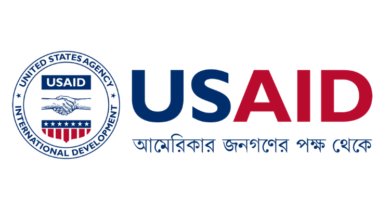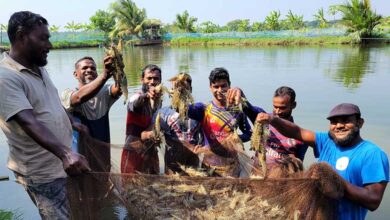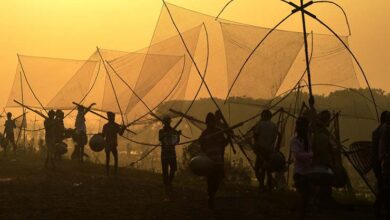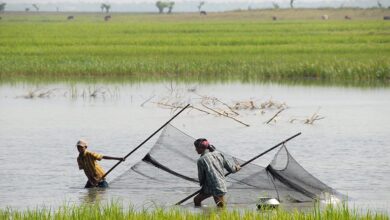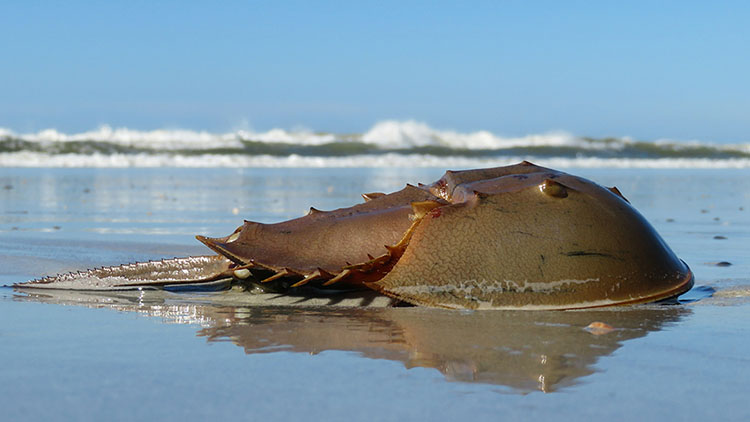
Horseshoe crabs are marine chelicerate arthropods that reside mostly in shallow coastal waters of the Bengal coast. Once abundant, they are currently dispersing from the area due to extreme anthropogenic activity, and social and environmental issues.
In the broader Chattogram region, including Cox’s Bazar, the Mangrove Horseshoe crab (Carcinoscorpius rotundicauda) is commonly referred to as the “Raj kakra”. Although the species is commonly referred to as a crab, experts believe it is connected to an extinct type of sea scorpion.
Although numerous crab species are cultivated in artificial environments, the Horseshoe crab has yet to be farmed. But recently researchers from Kepley BioSystems, in North Carolina, claim to have created “the proper nutrition, an ideal environment, and the appropriate conditions” for growing wild-caught Horseshoe crabs.
“The Horseshoe crab proved to be an excellent option for growing, and it is now a farm animal that we have progressively learned how to handle. We now know a lot about how long it needs for crabs to survive in captivity: eating, growing, and being friendly to one another. We are also in the midst of identifying the best feed,” said the researchers.
Kepley scientists have been in charge of two independent horseshoe crab trials. One has concentrated on designing meals to promote the immunological health and ongoing support of the arthropods, while the other is investigating the most practical aquaculture system to culture these crabs.
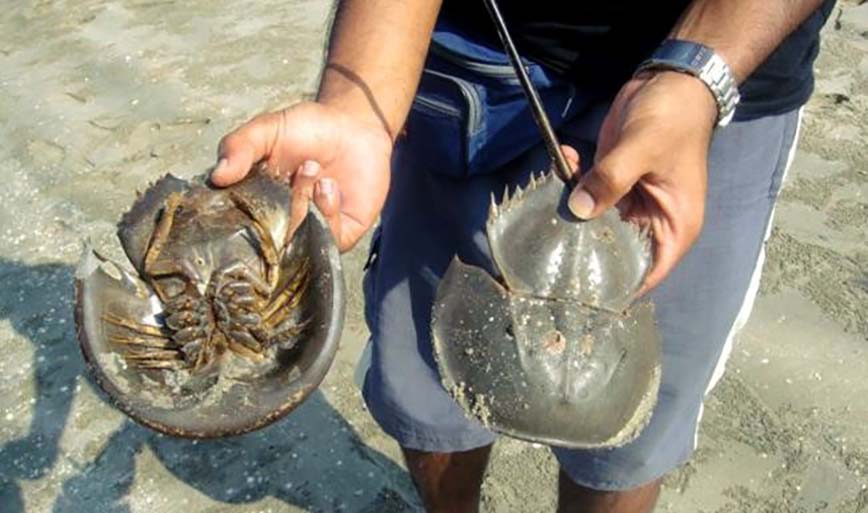
However, for Bangladesh, the farming of horseshoe crabs seems very unrealistic. But with proper conservation techniques, this crab population can be regenerated.
“They are currently becoming extinct off the coast of Bangladesh. Unfortunately, Bangladesh does not have a sophisticated laboratory to maintain such crabs,” said Dr Manjurul Kibria. He also emphasized that the government must take the necessary precautions to conserve this crab.
The disappearance of horseshoe crab from Bangladesh can be attributed to 3 main reasons.
The first one is the negligence and lack of awareness of the fishermen. Every year, millions of horseshoe crabs die in Bihindi nets in the Nazirartek estuary, Maheshkhali channel, and Bankkhali river. This crab is frequently captured in coastal fishing nets and used as a lure for eel and conch shell fishing. This precious animal is also being killed in other areas of the country.
The second reason is the increased anthropogenic activity in the coastal area of Bangladesh. As urbanization and industrialization intensify, they degrade the water, and sediment quality thus affecting the habitat of the horseshoe crab.
The third reason is the most crucial, which is the illegal smuggling of the horseshoe crab.
Because the Horseshoe crab has great economic importance. These animals’ blood and organs are quite expensive on the global market because of amazing beneficial compounds. For this reason, Horseshoe crab crabs are a top target for smugglers due to the high cost of their blood.
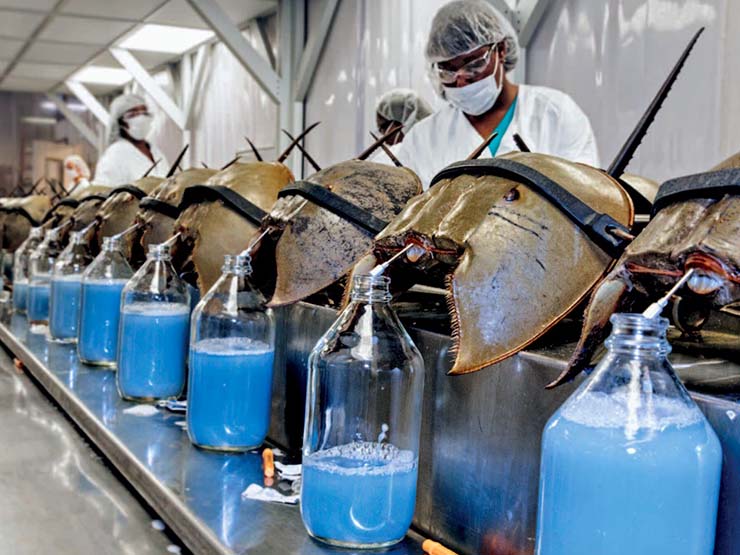
The milky-blue blood of the horseshoe crab contains a coagulation agent called Limulus Amebocyte Lysate (LAL), which identifies endotoxin in pharmaceutical samples. Even tiny amounts of endotoxin in injections or injectable medications can have harmful effects. This invaluable asset (LAL) is derived from the blue blood of the horseshoe crab and is employed to test vaccines, medicines, and medical devices for bacterial contamination. One litter of Horseshoe crab blood’s current market price is about $16000, evidently shows the value of it for the research labs.
A powerful international smuggling organization has been active in smuggling horseshoe crabs from Bangladesh’s coastal regions to multiple countries, including Thailand. There are certified and experienced technicians among the gangs. In addition to other goods, they reportedly smuggled horseshoe crabs and their blue blood via maritime routes.
According to a source at the Bangladesh Fisheries Research Institute, a few fish factories officials had been associated with the crime.
Blood is extracted from horseshoe crabs captured in the Bay of Bengal via a sophisticated technique in laboratories once they have been transported to shore. After that by speedboat or trawler, the blue blood is shipped to fishing vessels. As well as the legs of horseshoe crabs, these are loaded onto cargo ships destined for Thailand from fishing trawlers.
In addition to maritime routes, the blood is also transported alongside fish and other goods.
According to a source from the fisheries institute, the government lacks the required technical knowledge to detect blood smuggling.
Sadly, the population of horseshoe crabs is decreasing rapidly, and swarms of them are no longer found in the estuary, rivers, and canals on Bangladesh’s various shorelines. Although Bangladesh hasn’t even begun extracting the blue blood yet, this species has already become endangered.
Therefore, if proper steps are not taken promptly then it is plausible that the Horseshoe crab will be extinct from the country very soon.
Jaber Bin Abdul Bari
Department of Oceanography, NSTU

